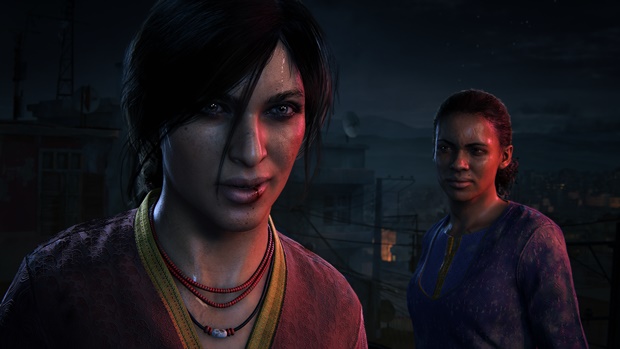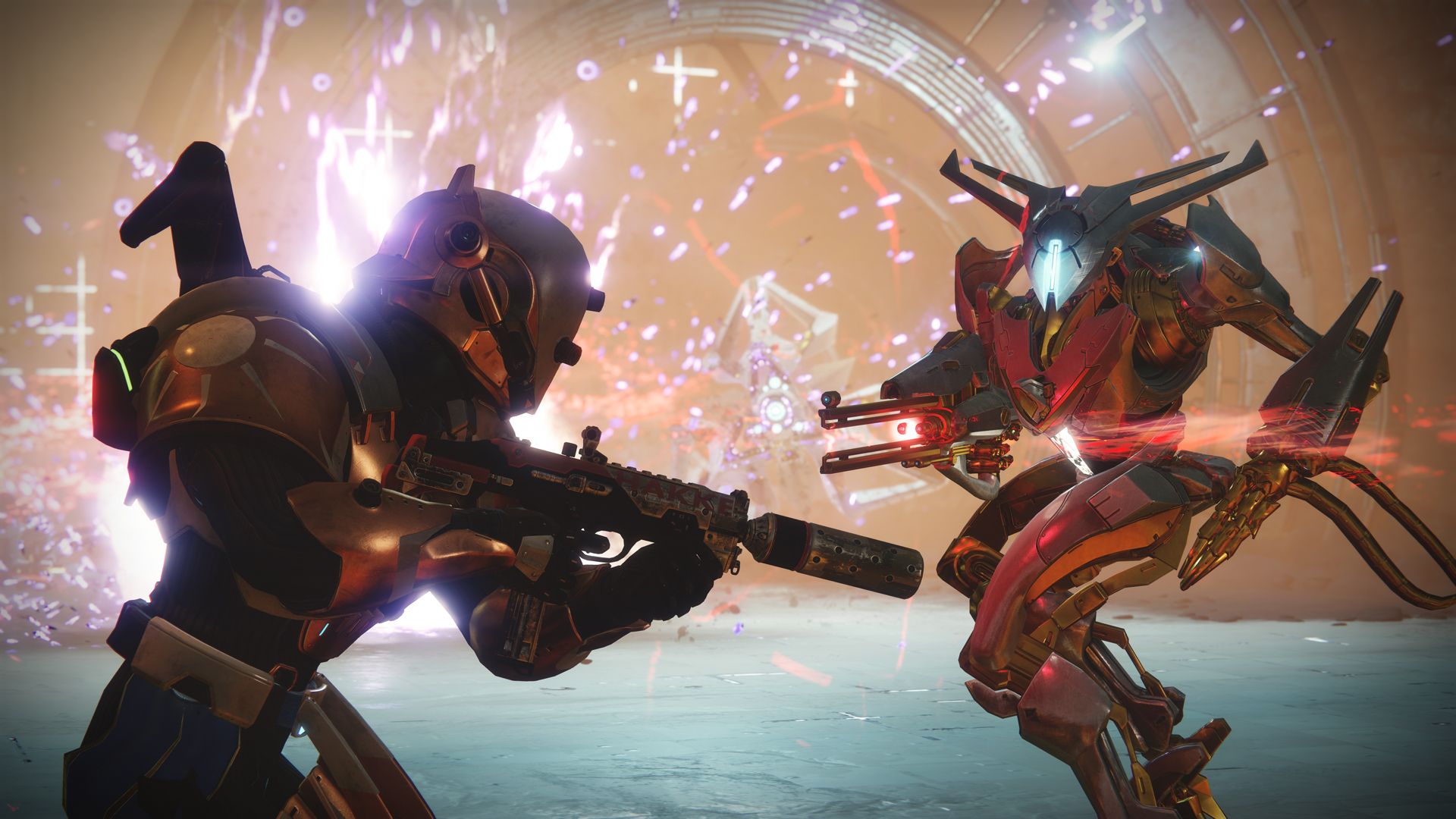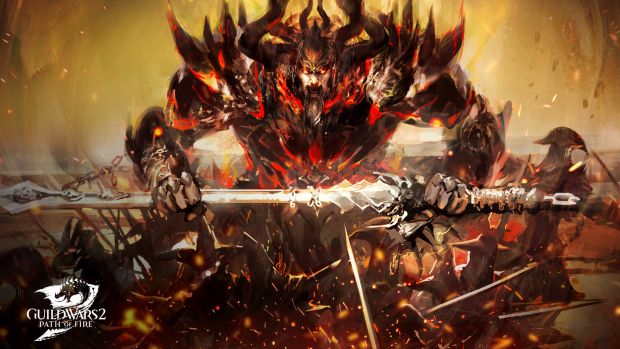
It’s been an interesting year or two for expansions, microtransactions and downloadable content. We’ve had Blizzard Entertainment’s Overwatch release and offer all of its post-launch content for free in exchange for implementing loot boxes for its cosmetic skins. CD Projekt RED took the concept of an expansion back to its old-school roots and offered Hearts of Stone, a 10 hour adventure with brand new boss fights and a compelling plot, and Blood and Wine, a roughly 20 hour adventure set in a brand new region.
You can also see developers like Firaxis using smaller DLC to introduce significant new feature sets, units and missions to games like XCOM 2 while shipping larger expansions that could be full-fledged sequels like War of the Chosen. Of course, that’s not including the significant updates that have come to games like Path of Exile which added numerous new story acts and will have a ton of new maps for its end-game system by the time you’re reading this.
"To put it more saliently, what makes an expansion “worthwhile” in terms of its content? How does DLC measure up and does it really differ from game to game and audience to audience?"
Meanwhile, on the other side of the fence, we have games like Diablo 3 and its Rise of the Necromancer DLC which drew heavy criticism from fans for offering a single character with some gear sets and cosmetic items for $15. Bungie’s Destiny 2 did a lot worse, amazingly enough, with its Curse of Osiris DLC that locked several Prestige activities and the Heroic Strike playlist behind a paywall while offering very little story content, recycled items from Destiny 1 and a hefty helping of content for its loot boxes. EA bungled its microtransaction approaches with Star Wars Battlefront 2 and Need for Speed Payback despite promising free post-launch content for the former.
It’s not like every triple A developer is getting it wrong. Surprisingly enough, Ubisoft is offering plenty of free content and updates for Assassin’s Creed Origins while maintaining an in-game cash shop and paid DLC. Tom Clancy’s The Division implemented paid cosmetic items and loot boxes but also added a bunch of new features like Global Events, Classified Gear Sets, Commendations and much more. The new Resistance is even meatier, introducing a brand new zone, a new Horde and PvP and sweeping changes to other content to keep it relevant.
In the midst of all this free content and paid DLC, how exactly does one approach a typical expansion any more? To put it more saliently, what makes an expansion “worthwhile” in terms of its content? How does DLC measure up and does it really differ from game to game and audience to audience?
It’s worth explaining what an expansion was referred to as in the old days. Expansions were essentially add-ons to the base game, bringing new areas, weapons, characters, plot-lines and what have you to significantly extend a game’s life. These were often smaller than the base game and required said game to even play. However, a number of expansions would often be stand-alone and not require the base game, presenting a story that stood on its own. You can see some examples like this even in the present day industry with Forza Horizon 2: Fast and Furious.
"However, this solidifies that the “DLC” term is pretty fluid and can refer to a number of different things. One reason DLC garnered such a bad reputation is in the value proposition it provides players."
You could also add games like inFamous: First Light, Dishonored: Death of the Outsider, Uncharted: The Lost Legacy to the list though those are more like full games. They introduce brand new mechanics, stories and directions that are fairly different from their base experiences. It’s a hard line to differentiate but it presents a strong clue for the direction of expansions these days.
Now let’s look at DLC. DLC can include a number of things, from a few cosmetic additions and weapons to new side quests, difficulty options, New Game+, modes, raids, story missions, multiplayer maps and so on and so forth. The common theme of downloadable content seems to be that it’s not all the sizeable or large. But then you have DLC like Dying Light’s upcoming Bad Blood which adds a brand new PvP mode to the game, encouraging players to compete against each other, gathering loot and forming alliances before breaking them to eventually secure a set for extraction. Techland calls it an “expansion” which may not be too far off.
However, this solidifies that the “DLC” term is pretty fluid and can refer to a number of different things. One reason DLC garnered such a bad reputation is in the value proposition it provides players. Take one look at the Creation Club for Bethesda’s Fallout 4vand The Elder Scrolls 5: Skyrim and decide for yourself how much value all of that holds. I have yet to see anything that’s worth paying real money for and yes, that includes the Survival mode for Skyrim which can be replicated using a number of user-created mods. Another reason for the ill-will towards DLC is the fact that content is seemingly removed from the main game and sold separately to generate additional profit.
Destiny has been a pretty egregious offender in this department. At first, it seemed like the DLC was hacked off not just to appease the need for additional profits but because the original scope of Destiny was too large for Bungie to put together, especially when it made the decision to start from scratch upon writer Joseph Staten’s departure. From there, it went to a more microtransaction-heavy, live event model that provided bite-sized content updates. We then had an “expansion” in Rise of Iron which was barely worth the $30 on offer and more live events.
"Rainbow Six: Siege is another good example – new maps and modes are free while Operators have to be purchased with in-game currency. If you purchase the Season Pass, you get early access to these Operators and don’t have to spend any currency."
Fast forward to 2017 and Bungie has seemingly again hacked content out of Destiny 2 to resell it as DLC all while locking a number of cosmetic items that could be earned from activities like Strikes, raids and whatnot behind the Eververse microtransaction store. It’s hard to follow all the lines of thought here, especially because Bungie’s idea of “additional content” has been infested with so many different profit-mongering tendrils.
But then you have “content updates” for games like Warframe and Path of Exile. Digital Extremes regularly releases new Warframes, weapons, reworks and other changes for players in the intervals between major updates like the Plains of Eidolon. When it’s not unleashing massive content updates like Fall of Oriath and War for the Atlas, Grinding Gear Games is busy adding new Leagues and items to Path of Exile on top of optional, paid cosmetics that have no bearing on actual gameplay.
Rainbow Six: Siege is another good example – new maps and modes are free while Operators have to be purchased with in-game currency. If you purchase the Season Pass, you get early access to these Operators and don’t have to spend any currency. Shovel Knight is another great example, packing smaller updates like the addition of new enemies like the Battletoads while adding new features like customizing Shovel Knight’s appearance.
When you start to consider major content updates like Warframe’s Plains of Eidolon, Path of Exile’s Fall of Oriath and War for the Atlas, Dota 2’s Duelling Fates, Shovel Knight’s Plague of Shadows and Specter of Torment and so on, it becomes more obvious that the old expansions of yore have basically become today’s free updates. I mean, even Shadowrun: Hong Kong gave away a multi-hour expansion to its main story completely for free. The Division’s update 1.8 could be a significant paid DLC in its own right.
"Is it justified to offer a paucity of content for $20 while locking a number of different things behind it and the cash shop?"
Sure, it’s a smaller scale game – many of the above examples are – but it really says something that some of the most significant and lauded “expansions” to a game are free.
Meanwhile, in the “triple A” space, major expansions are more often being turned into full-fledged games. Firaxis is still rolling on with expansions like War of the Chosen for XCOM 2. Horizon: Zero Dawn’s The Frozen Wilds is significant enough to be deemed an expansion. Destiny 2 will likely have its major “expansion” next year after the Spring 2018 DLC. Otherwise, the industry seems to be leaning more towards expansions becoming actual games. Saints Row IV evolving from a DLC for Saints Row The Third is one such occurrence and there have been numerous others since then.
Is the “expansion” term as we know it dead and gone? Well, not really and that’s more due to MMOs than anything else. World of Warcraft and Final Fantasy 14 offer significant content drops every few months to appease their subscribers before charging money for a full fledged expansion. They both seem to maintain a two year development cycle for each expansion as well but the common theme seems to be that if you pay on a monthly basis, you’ll receive content that will keep you busy on a month to month basis.
There’s still the question of how much “content” is enough to justify the classification of something as an expansion or DLC. Is it justified to offer a paucity of content for $20 while locking a number of different things behind it and the cash shop? Does it make sense for developers to deliver a brand new game but as an add-on to a base experience that will only cost $40? Is the best route really to just offer major content drops for free while offering a completely transparent cash shop that lets players buy what they want, when they want for real money? It does boil down to the size and scale of a game but it also depends on the publishers and developers.
"After all, if the marks keep buying, even when you keep charging them more money, why wouldn’t you go by their standards?"
Some companies seem to treat their games as little more than a service to those who want to drop some cash. That can be both good and bad depending on the company in question. Others want to offer the best content at the best possible price, whether it’s in a full game or a paid expansion or even some DLC, before moving on to the next big thing (and it’s not like the same people behind the main game are all working on the post-launch paid content).
In light of the recent bumbling monetization efforts by a number of companies, you have to wonder about the future of post-launch content for video games. How much of a game will be removed and repackaged for the sake of additional DLC revenue? How far is too far for microtransactions and monetizing every single aspect of a game while making the actual gameplay process for those aspects as “fair” and “accomplished” as possible? The MMOs may have it figured out but you’ll still see instances of blowback against the likes of Guild Wars 2, a free to play MMO that recently added a loot box system on top of having paid expansions and microtransactions.
I suppose that it’s up to the consumer to decide how much value they derive from additional content. After all, if the marks keep buying, even when you keep charging them more money, why wouldn’t you go by their standards? The fact that there’s blowback to that practice at all goes to show that some people just want to support their favourite games and receive some decent content in return rather than being seen as ATMs for quick, hard cash for any dreg of DLC. At present, expansions or significant content updates to a game will continue in some shape or form because there is a market for it. And it’s thankfully not a market that’s completely dictated by today’s “triple A” behemoths.
Note: The views expressed in this article are those of the author and do not necessarily represent the views of, and should not be attributed to GamingBolt as an organiza



















